
There is no previous post
Previous Post
Next Post
There is no next post
Saint John Transit Develops Microtransit with Karsan eJEST On-Demand Service
Saint John Transit is eliminating fixed timetables for two of its routes and introducing a new system called On-Demand Services.
Watch a video by CTV’s Nick Moore, where he reports on how the system will work and why the change is being made, featuring insights from Saint John Transit Commission Chair Nick Cameron.
On-demand stop-to-stop transit service is a flexible public transportation model that allows riders to request a bus or shuttle to pick them up at designated stops within a service zone, rather than following a fixed schedule or route. Instead of buses running on predetermined timetables, passengers can book rides in real time via a mobile app, website, or phone call.
How On-Demand Stop-to-Stop Transit Service Works:
- Booking a Ride: Riders request a pickup at a designated stop within the service area.
- Dynamic Routing: The system optimizes routes based on current ride requests, reducing empty bus trips and improving efficiency.
- Stop-to-Stop Service: The bus picks up and drops off passengers only at designated stops, ensuring reliable transit while offering more flexibility than traditional fixed-route buses.
- Seamless Transfers: Riders can transfer to fixed-route services if traveling outside the on-demand zone.

Why the Change?
🗣️Saint John Transit Commission Chair Nick Cameron explains why Saint John chose On-Demand Transit for particular routes. Traditional fixed-route transit often struggles in low-density areas due to low ridership and high operational costs. At Damera Corporation, we are happy to support this transition by providing Karsan eJEST minibuses, the ideal solution for microtransit.
As Nick Cameron stated to CBC News:
“The areas chosen for this service are lower-density areas that tend to have lower ridership. Running a 40-foot bus to pick up just a couple of people an hour—each paying $2.75 per fare—does not generate much revenue to sustain the service. Route hours are often cut as a result, which leads to a further decrease in ridership."

On-Demand Transit, or MicroTransit, is an effective solution for low-density areas spread across North America. This type of transportation benefits both transit agencies and riders. Cities implementing flexible, rider-centric transit models are seeing improved service efficiency, increased ridership, and better community satisfaction.
Benefits of On-Demand Stop-to-Stop Transit:
- More Coverage: Provides service in areas with lower ridership where fixed routes may not be viable.
- Shorter Wait Times: Reduces long waits for scheduled buses, as service operates based on real-time demand.
- Cost-Effective: Optimizes vehicle use, reducing operational costs for transit agencies.
- Better Passenger Experience: Enhances accessibility, especially for seniors, people with mobility challenges, or those traveling outside peak hours.
What riders shared in an interview with CBC
(names were not requested, but their reviews can be seen in the video):

"People may not have to wait as long for the bus with the flex service, especially in the cold".

(On-demand Service) is a good idea, probably for seniors and older people.
Why Karsan eJEST is the Right Choice for On-Demand Transit
The Karsan eJEST is designed to support cities in shifting towards efficient, sustainable transit models. As an all-electric, low-floor minibus, it perfectly aligns with the goals of On-Demand Transit, offering:

1. Right-Sized for Capacity Utilization
- Its compact size allows efficient use on low-ridership routes, ensuring full capacity utilization without running large, underutilized buses.
- Maximizes route efficiency while maintaining comfort and accessibility.
2. Seamless Charging & Cost Efficiency
- Compatible with standard DC fast chargers and cost-effective charging infrastructure.
- Supports both overnight depot charging and quick top-ups during service breaks, minimizing downtime.
- Lower maintenance costs compared to diesel buses, with fewer moving parts and reduced wear and tear.
3. Passenger Comfort & Accessibility
- Low-floor design with an electric ramp, making it fully accessible for seniors, passengers with disabilities, and parents with strollers.
- Quiet, smooth ride, reducing noise pollution and improving passenger experience.
- Modern interior with Wi-Fi, USB charging, climate control, and large panoramic windows, creating a comfortable and inviting atmosphere.
4. Sustainable and Environmentally Friendly
- Zero tailpipe emissions, helping transit agencies reduce their carbon footprint and meet sustainability goals.
- Ideal for cities prioritizing green mobility, contributing to cleaner air and reduced greenhouse gas emissions.
5. Smart Mobility & Technological Integration
- Works with on-demand transit apps like Argo’s real-time booking platform, providing seamless transit integration.
- Supports real-time tracking, route optimization, and digital fare payments, making transit easier for both passengers and operators.

More Service, Better Value for Riders
On-Demand Transit is not just about cost savings—it’s about enhancing mobility for residents. Saint John Transit is actually expanding service hours with this transition.
For example, Milford Route 13 previously operated from 11:00 a.m. to 5:00 p.m. With On-Demand Transit, service will now run from 6:30 a.m. to 6:30 p.m.—a major improvement for commuters.
🗣️
"An 11:00 a.m. start time isn’t useful for a lot of folks. But with this new service, we can start as early as 6:30 a.m. on weekdays and extend service until 6:30 p.m. That’s quite an expansion of service." — Nick Cameron, Saint John Transit Commission Chair
By integrating electric minibuses like the eJEST into these new transit models, cities can modernize their fleets, reduce costs, and meet sustainability goals.
The Future of Smart, Sustainable Transit
Saint John’s transition to On-Demand Transit showcases how technology, data-driven decision-making, and innovative vehicles can reshape public transit.
At Damera Corporation, we are proud to support cities in making transit more efficient, accessible, and sustainable. The Karsan eJEST is the ideal vehicle for this transformation, bridging the gap between sustainability, passenger experience, and operational efficiency.
🚍 Interested in exploring electric mini buses for On-Demand Transit?
Contact Damera today to learn how we can help bring smart, sustainable mobility solutions to your city.










.svg.avif)

















-p-500-p-500.avif)



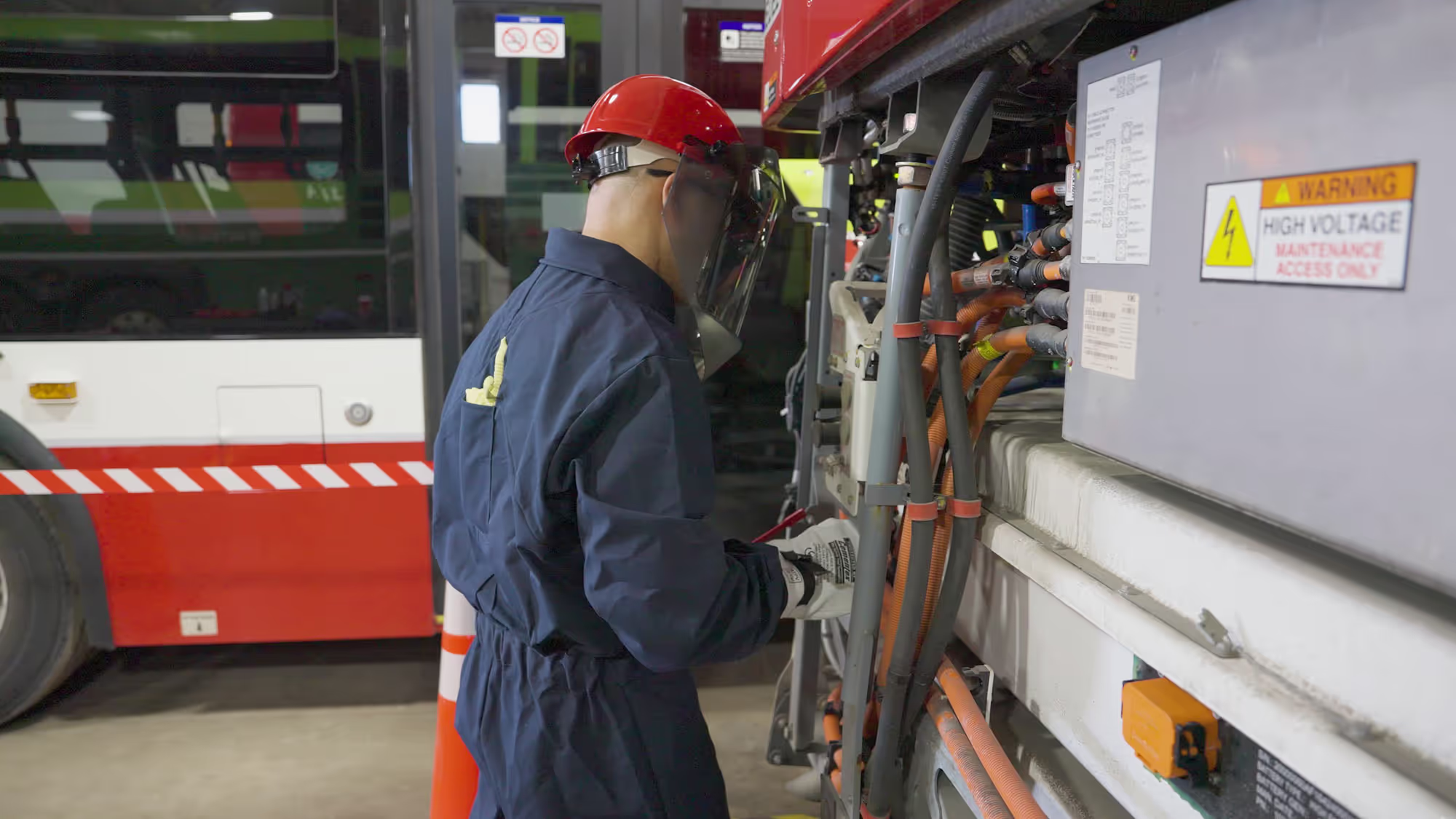


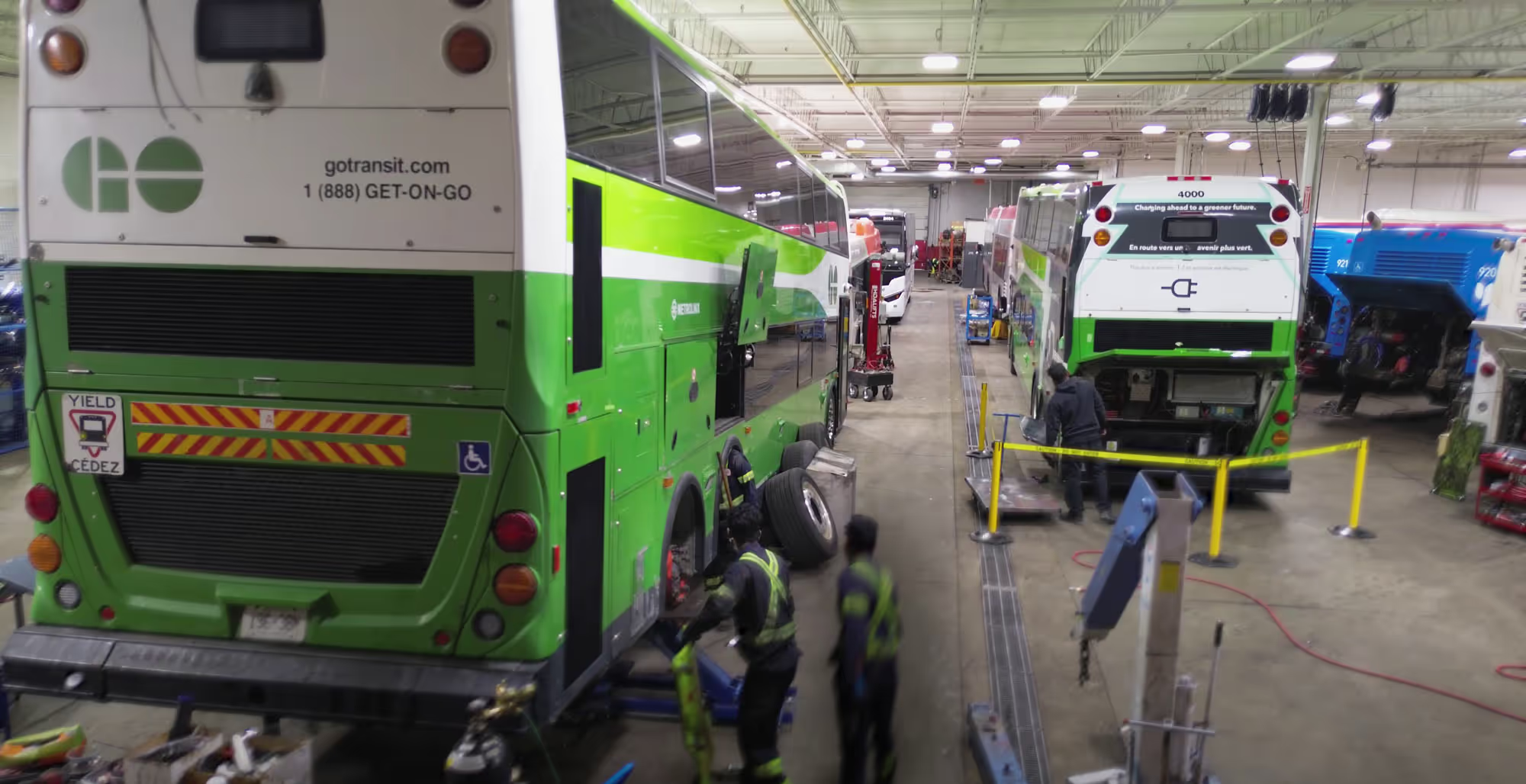





.svg)



















.jpeg)


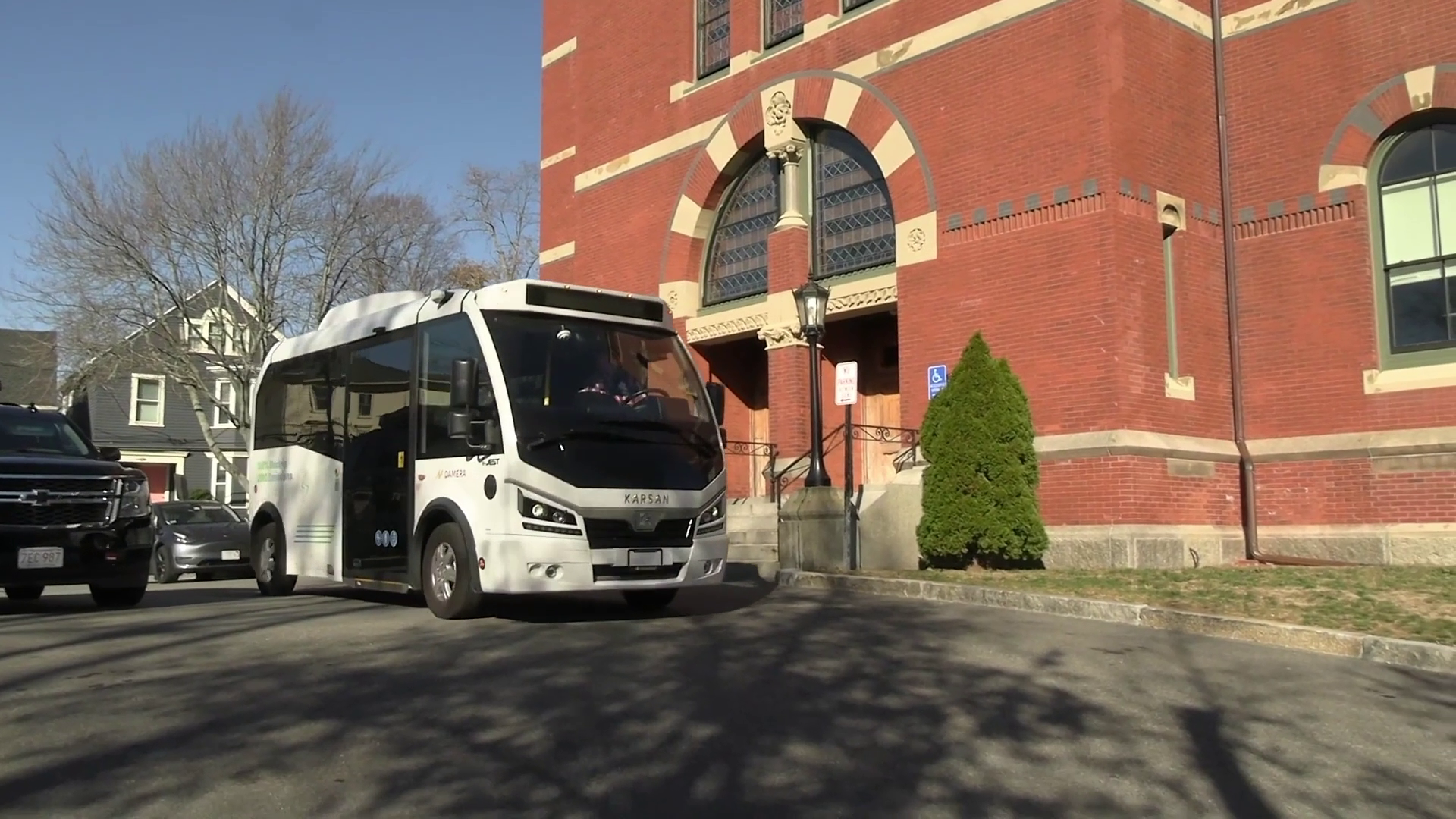
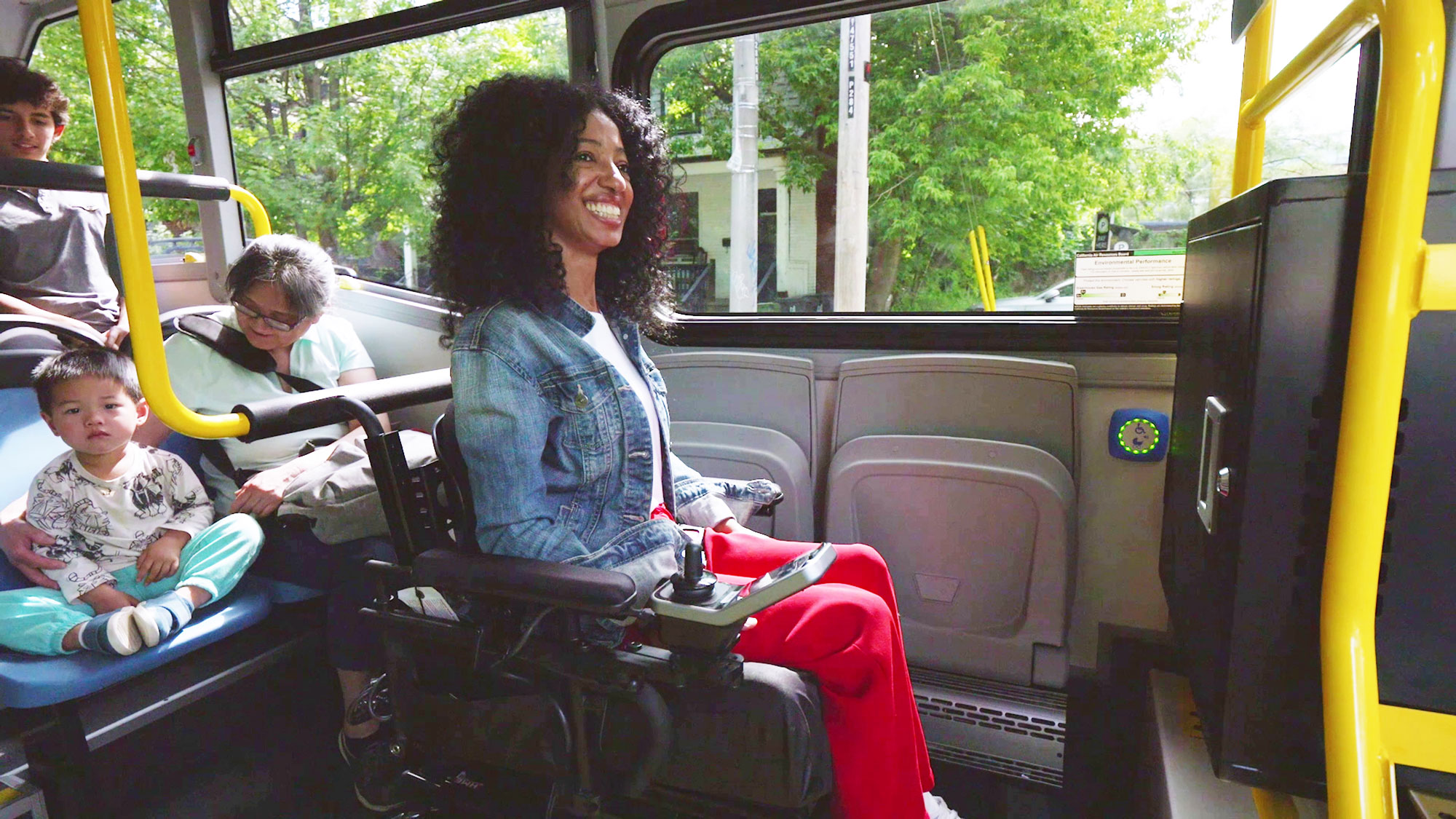
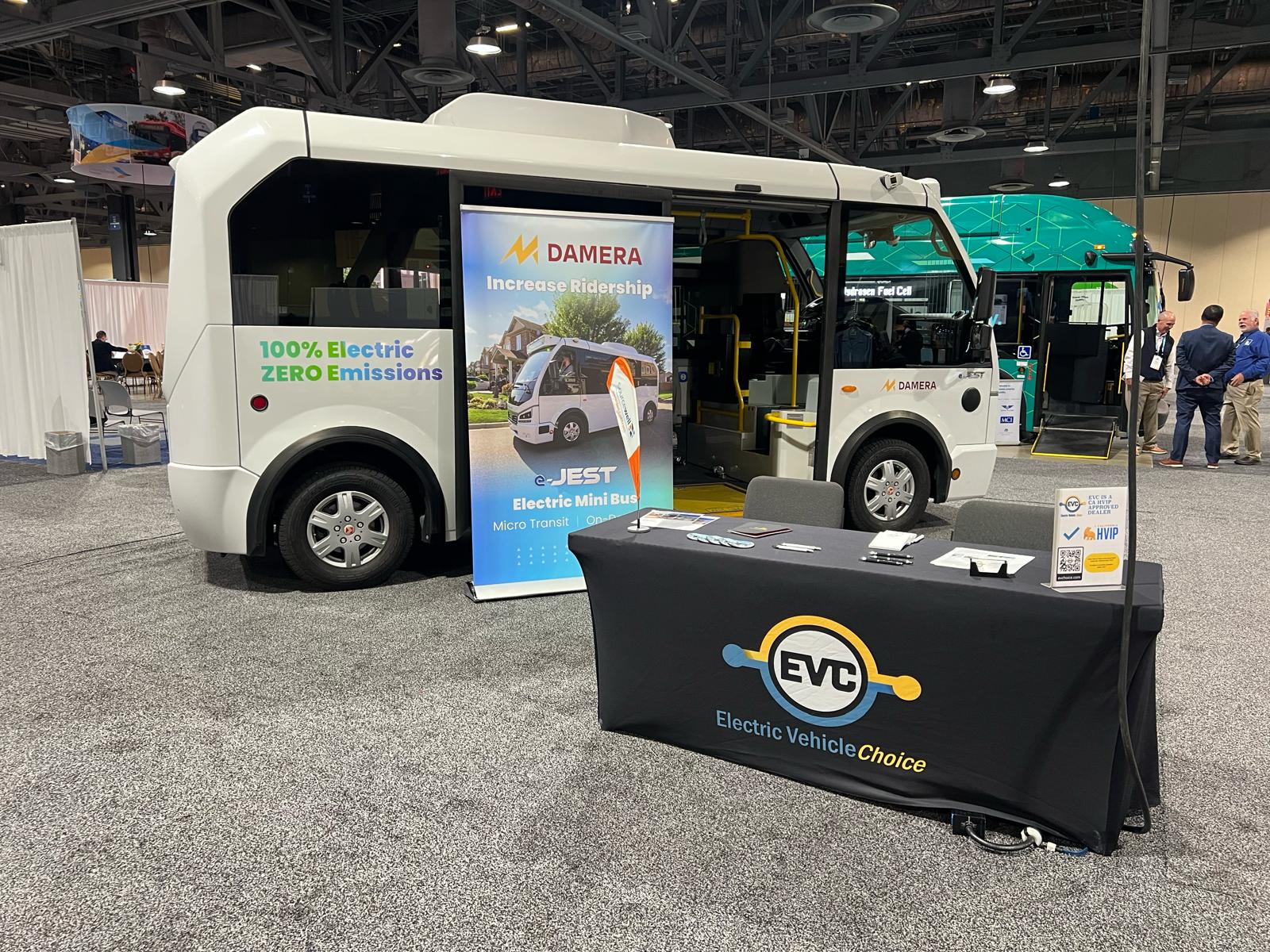
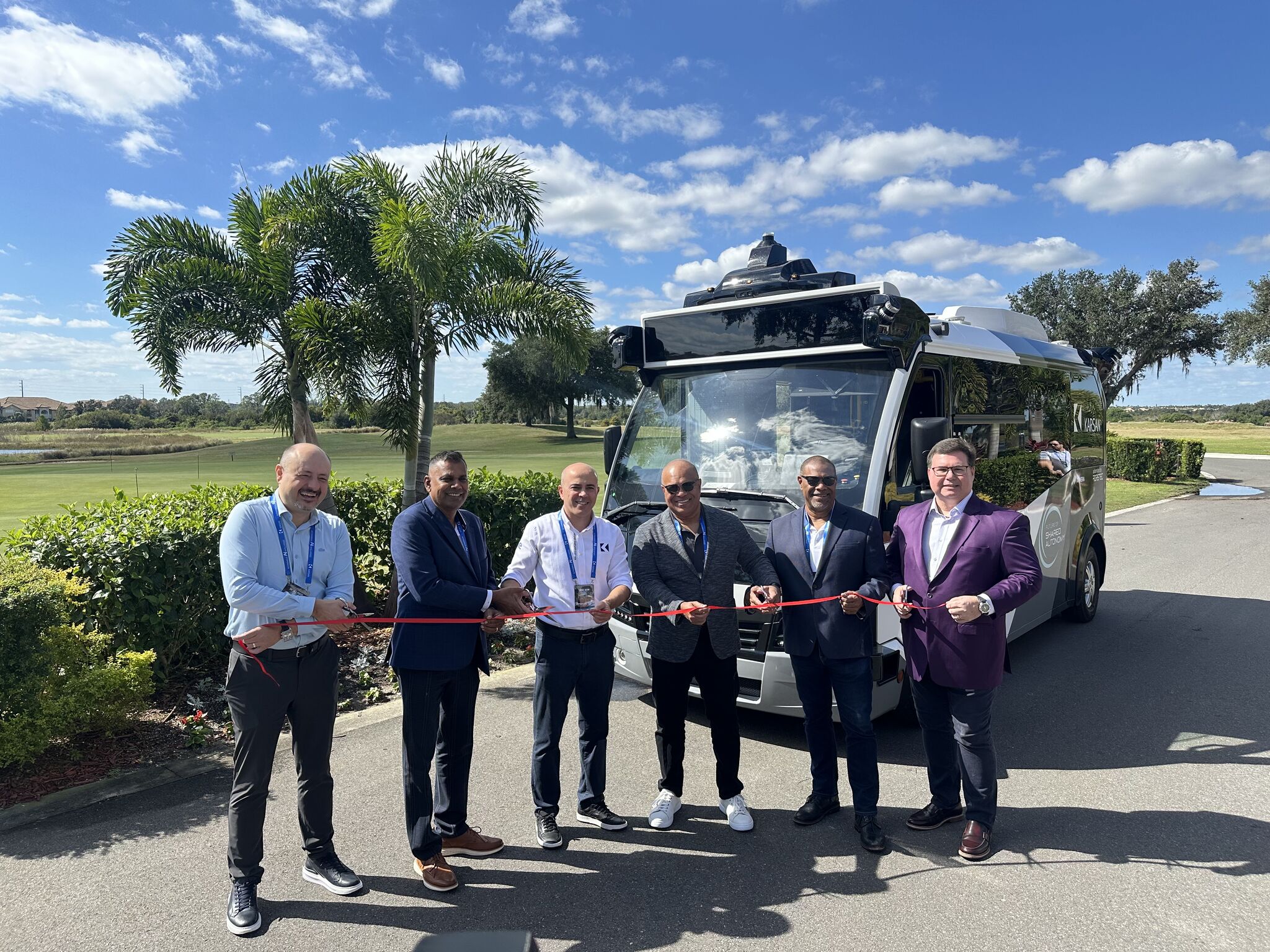

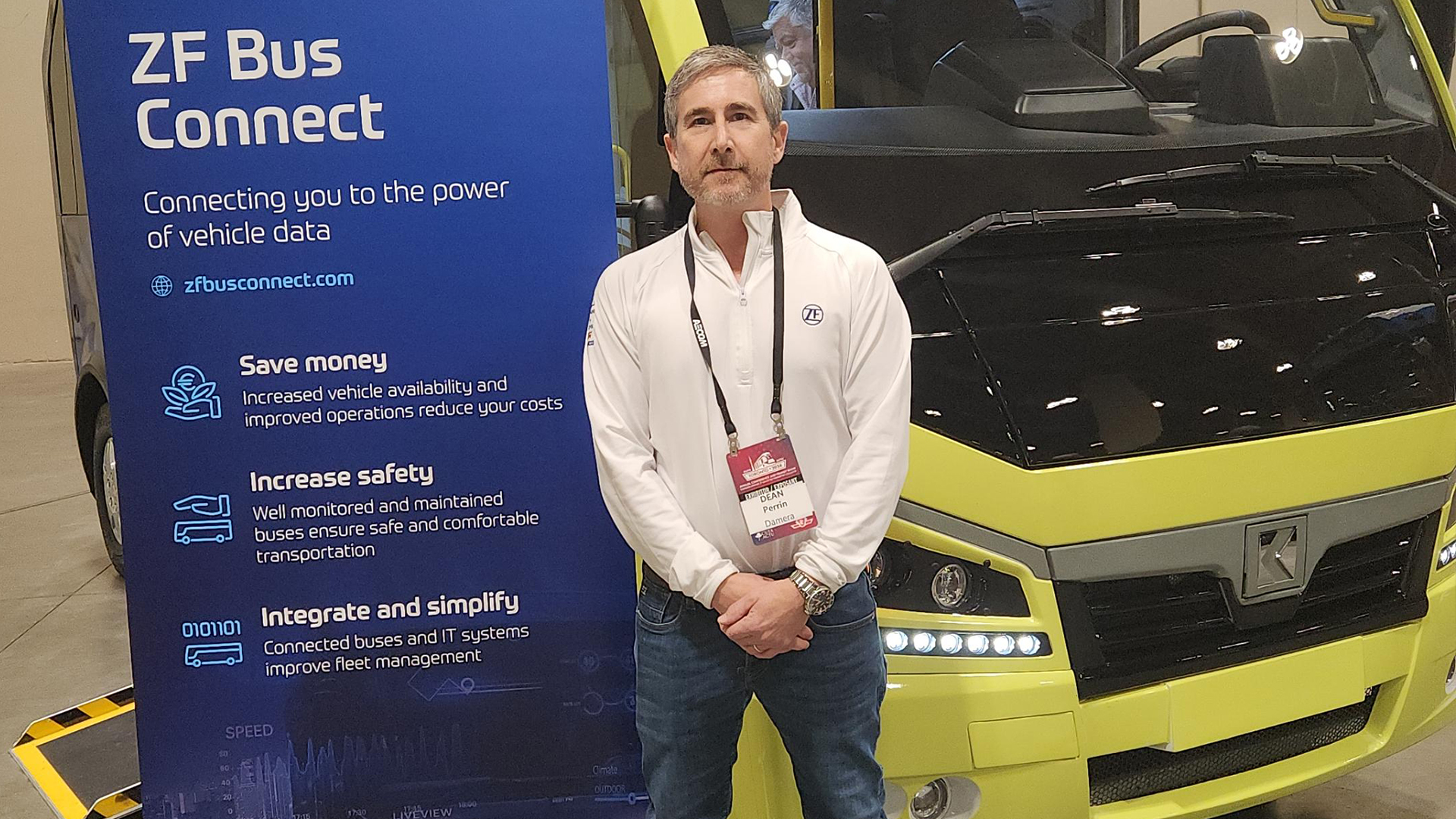


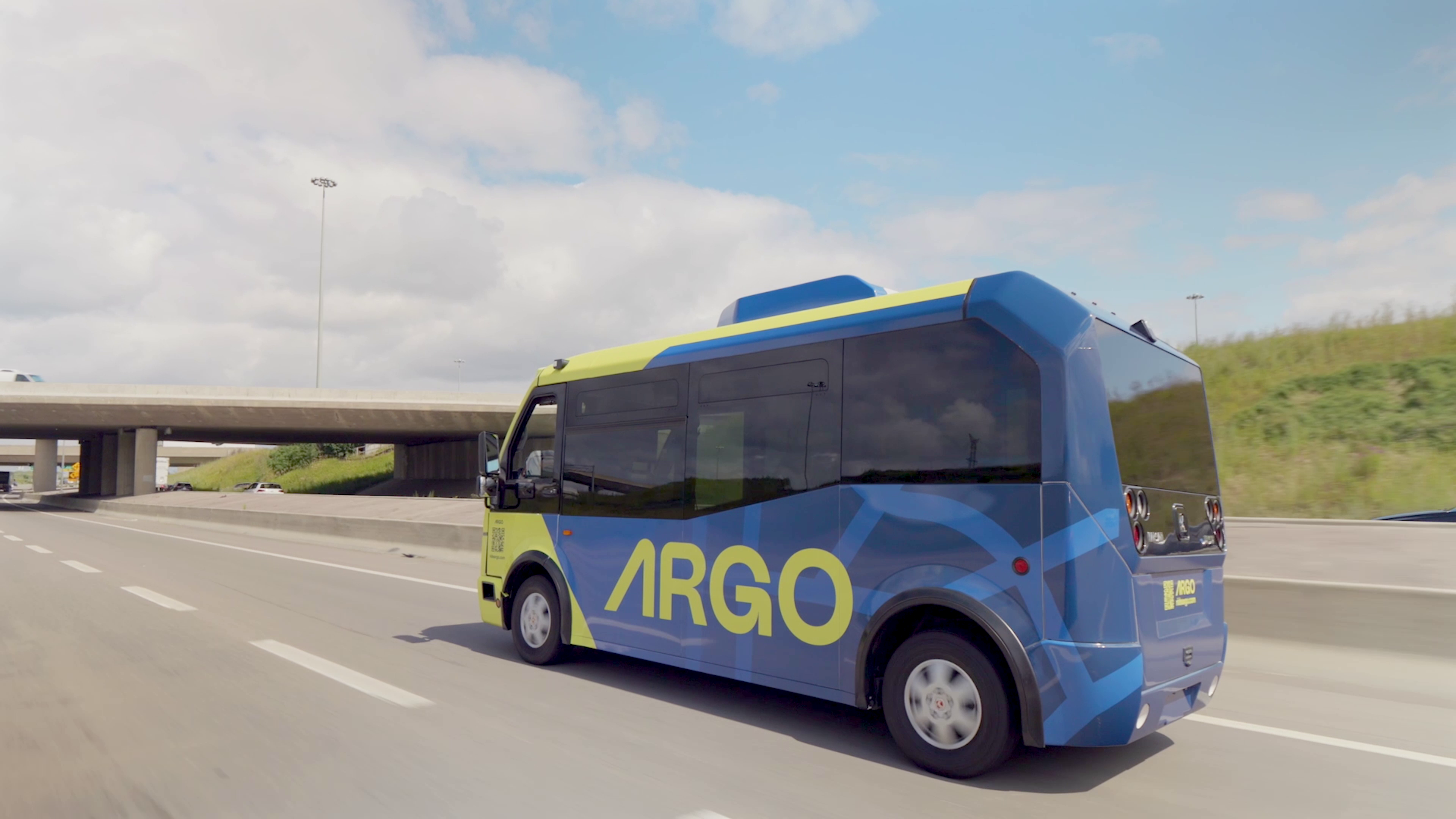
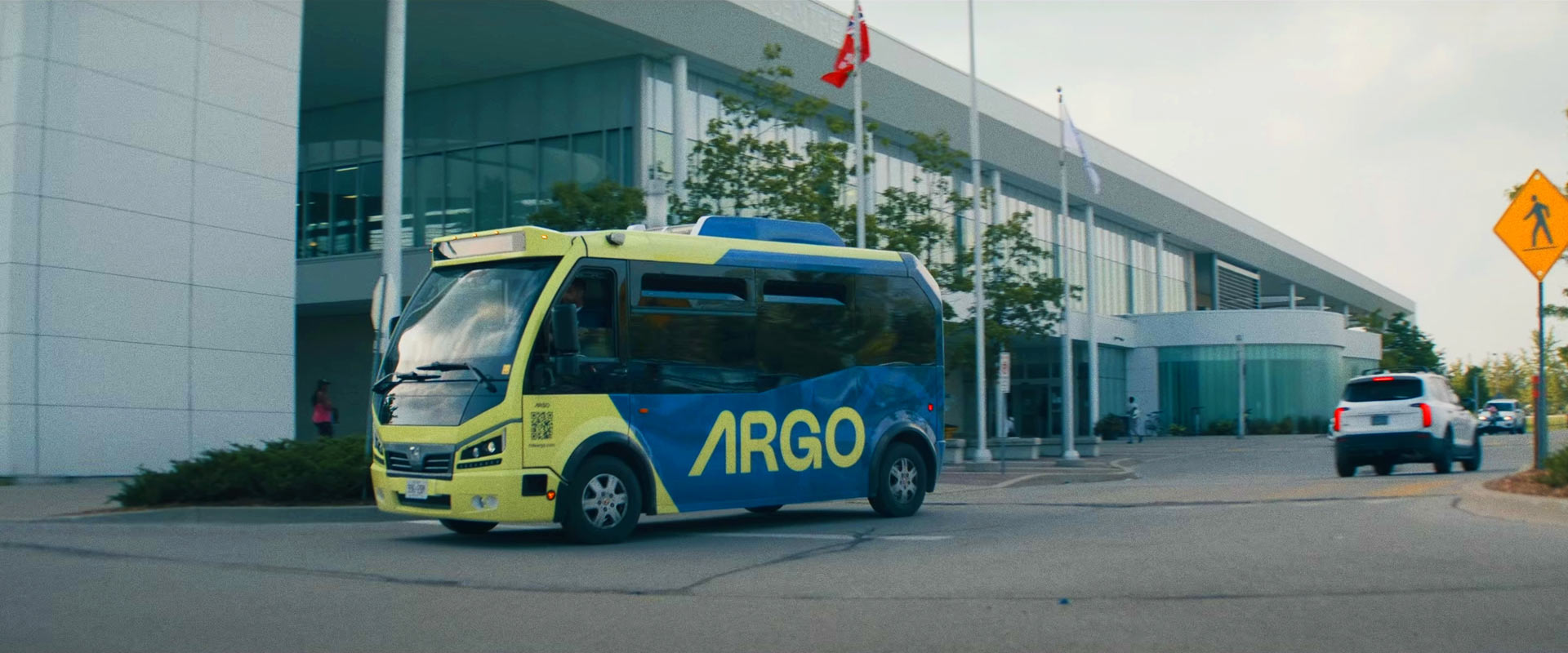
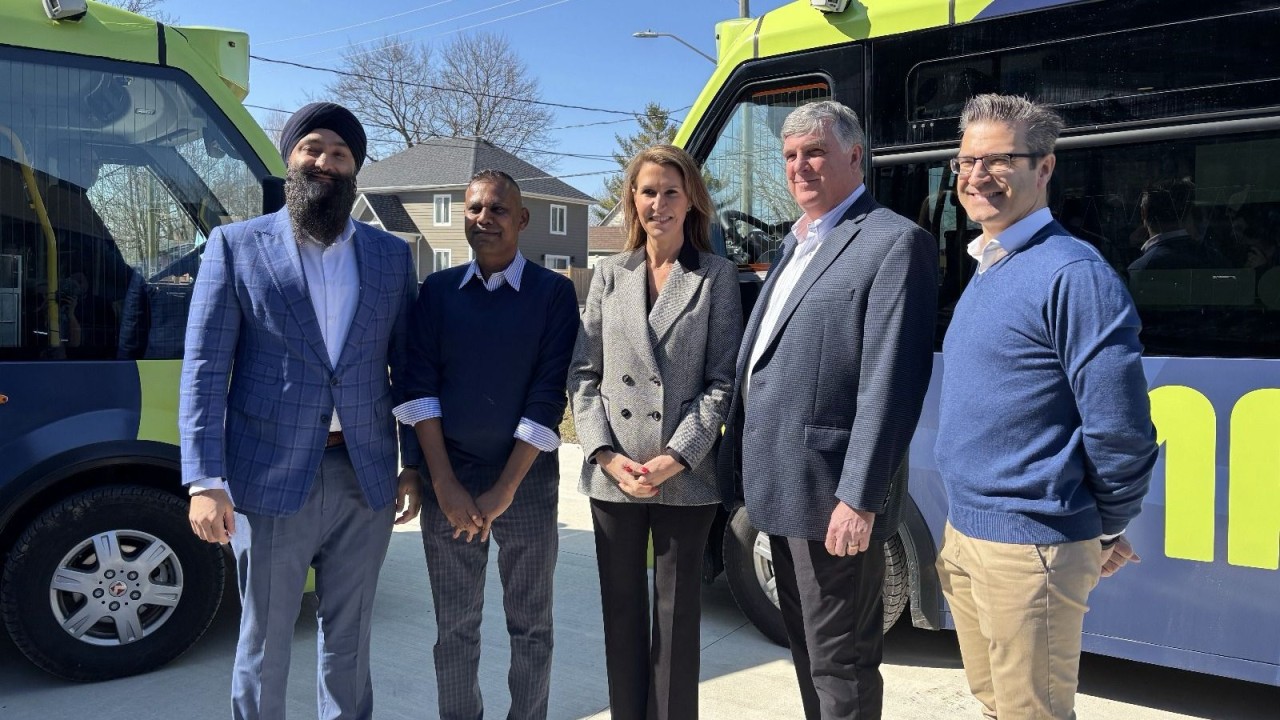
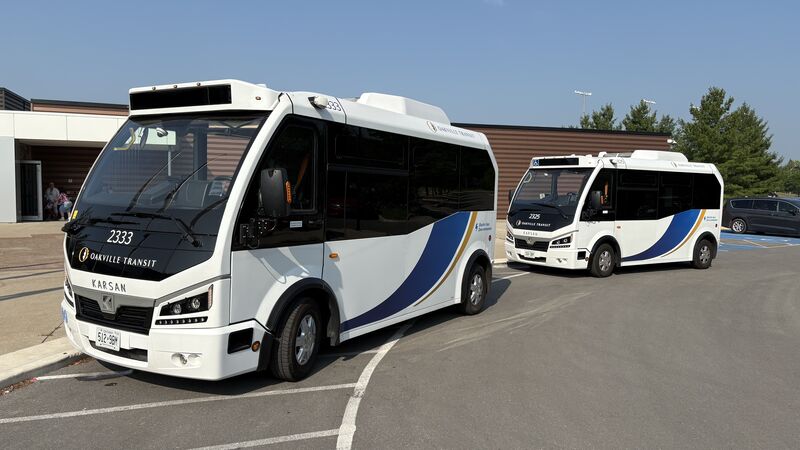























.jpeg)


















.jpg)










